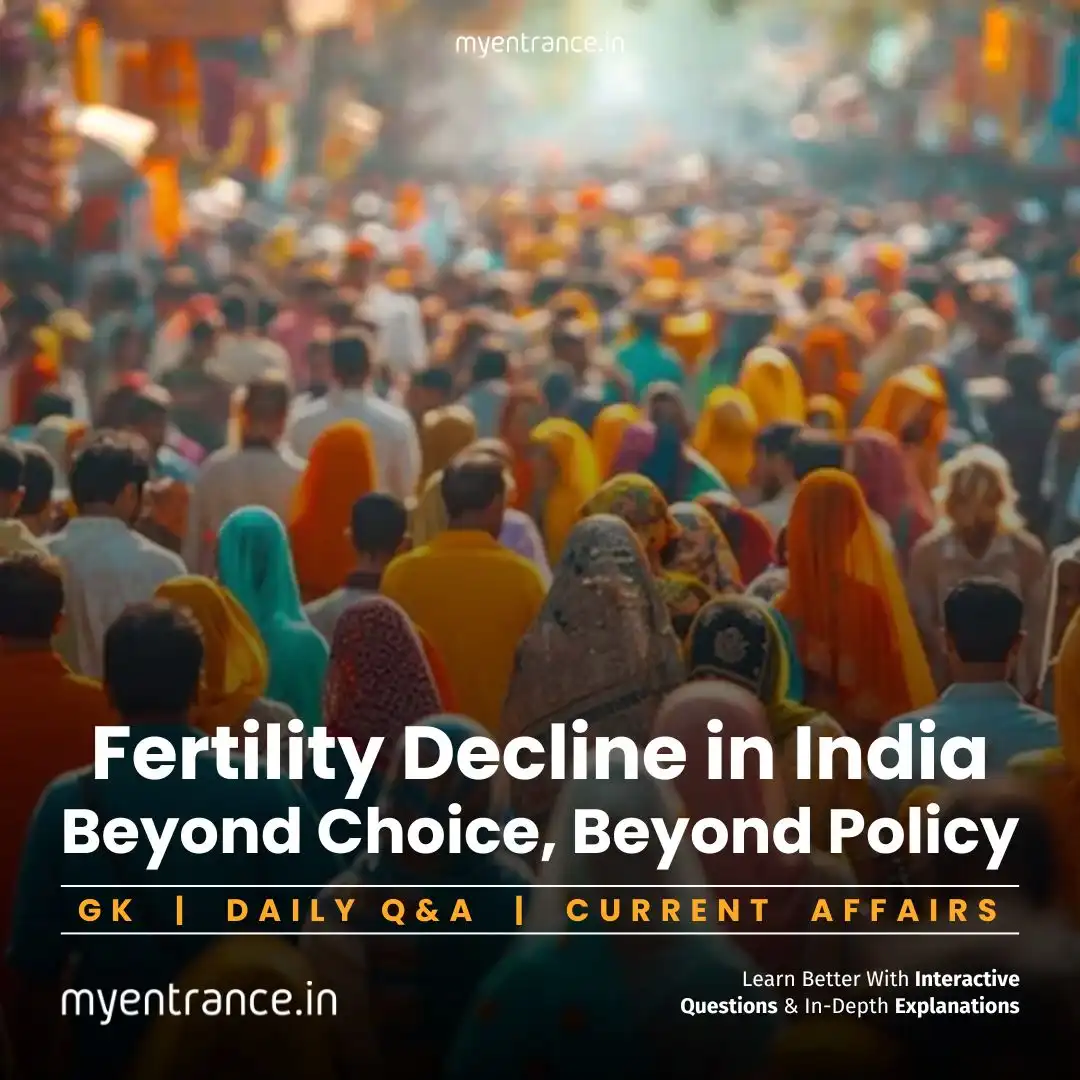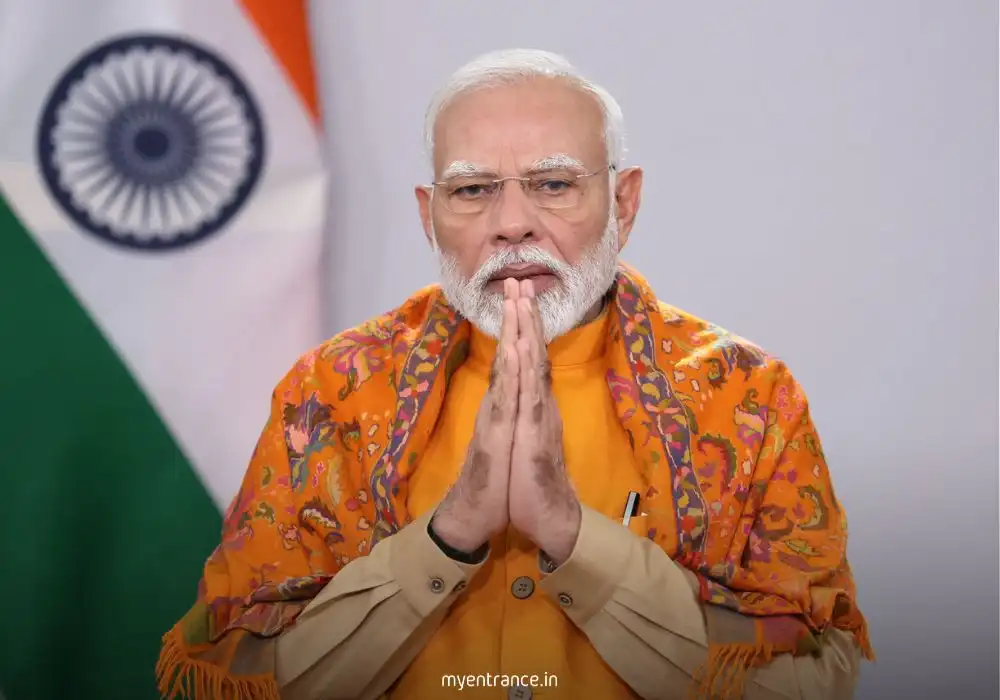Select Language
India’s Gender Gap & Fertility Decline: Unpacking Structural Barriers to Women’s Empowerment
India’s alarming 131st rank in the Global Gender Gap Report 2025 exposes persistent structural barriers limiting women’s roles in diplomacy and decision-making. This analysis connects falling fertility rates, workplace inequities, and social pressures to reveal why gender parity remains elusive.

The Gender Gap Reality
The recent International Day of Women in Diplomacy (June 24) underscored a global crisis: women remain sidelined in key decision-making roles. India’s 131st rank among 148 countries in the Global Gender Gap Report 2025 – scoring just 64.1% parity – highlights critical gaps in:
Economic participation
Political representation
Educational access
Health outcomes
Despite marginal health improvements (better sex ratios, life expectancy), South Asia’s second-lowest score signals systemic failures.
Fertility Decline: More Than Just Numbers
India’s fertility rate has plummeted to 2.0 (below the 2.1 replacement level), per UNFPA and NFHS-5 data. But this isn’t just about choice:
Financial barriers: 38% cite costs as a top deterrent
Job insecurity: 21% fear unemployment
Healthcare gaps: 14% struggle to access pregnancy care
Global anxieties: 20% worry about climate change/wars
Regional Disparities & Social Strains
Five states (Bihar, UP, Jharkhand, Meghalaya, Manipur) exceed replacement fertility, while southern/western states (Kerala, TN, Maharashtra) average 1.6–1.9. Urban-rural splits (1.6 vs. 2.2) reveal deeper issues:
Son preference: Social pressures skew reproductive choices
Unpaid labor: Women spend 2x more time caregiving than men (NSO 2024)
Career penalties: 24,000 women surveyed linked maternity leave to workplace stigma
Policy vs. Reality
Andhra Pradesh’s reversal of its “two-child policy” for local elections (2024) acknowledges low fertility realities. Yet solutions require more than reversals:
“Parenthood is seen as an opportunity cost, especially for women.” – Voice of Women Study 2024
Effective measures must include:
Paid parental leave and flexible work
Affordable childcare
Recognition of unpaid domestic labor (as urged by economist Devaki Jain)
The Way Forward
Fertility decline reflects tangled social forces – not women’s choices alone. Kinship systems (Leela Dube) and son-preference rituals (Prem Chowdhry) prove patriarchal norms still dictate reproductive autonomy. Closing India’s gender gap demands:
Economic safety nets for parents
Workplace reforms to protect mothers
National shifts in caregiving expectations
Sample Q&A (Exam-Focused)
Q: How does India’s Global Gender Gap Index rank reflect reproductive autonomy barriers?
A: The 131st rank reveals systemic failures in healthcare access (14% lack pregnancy care), financial constraints (38%), and son-preference norms that restrict women’s bodily autonomy.
Q: Does declining fertility signal women’s empowerment in India?
A: Paradoxically, no. While lower fertility may indicate education access, it’s driven by economic insecurity (61% cite costs/job fears), unpaid care burdens, and social coercion – not pure agency.
Q: Analyze how Time Use Survey data shapes reproductive choices.
A: Women spend 140 daily minutes on care (vs. men’s 74), forcing “child or career” trade-offs. This inequity discourages parenthood, demanding policy recognition of unpaid labor.
Q: Should fertility policies prioritize economic incentives or structural reform?
A: Structural reform is urgent. Andhra’s revoked child-limit law shows policy alone fails. Fixing workplace stigma (via parental leave) and son-preference mindsets (via education) addresses root causes.
Q: Explain one linkage between diplomacy gender gaps and fertility trends.
A: Both stem from undervalued women’s labor. Just as diplomacy excludes women, domestic work remains invisibilized – limiting public influence and private choice.
Most Predicted Questions
Comprehensive study materials, Expert-guided tips & tricks, Mock tests and instant results.
Start your SSC, NIFT, NID, FDDI, PSC journey today with MyEntrance, your ultimate online coaching platform.











